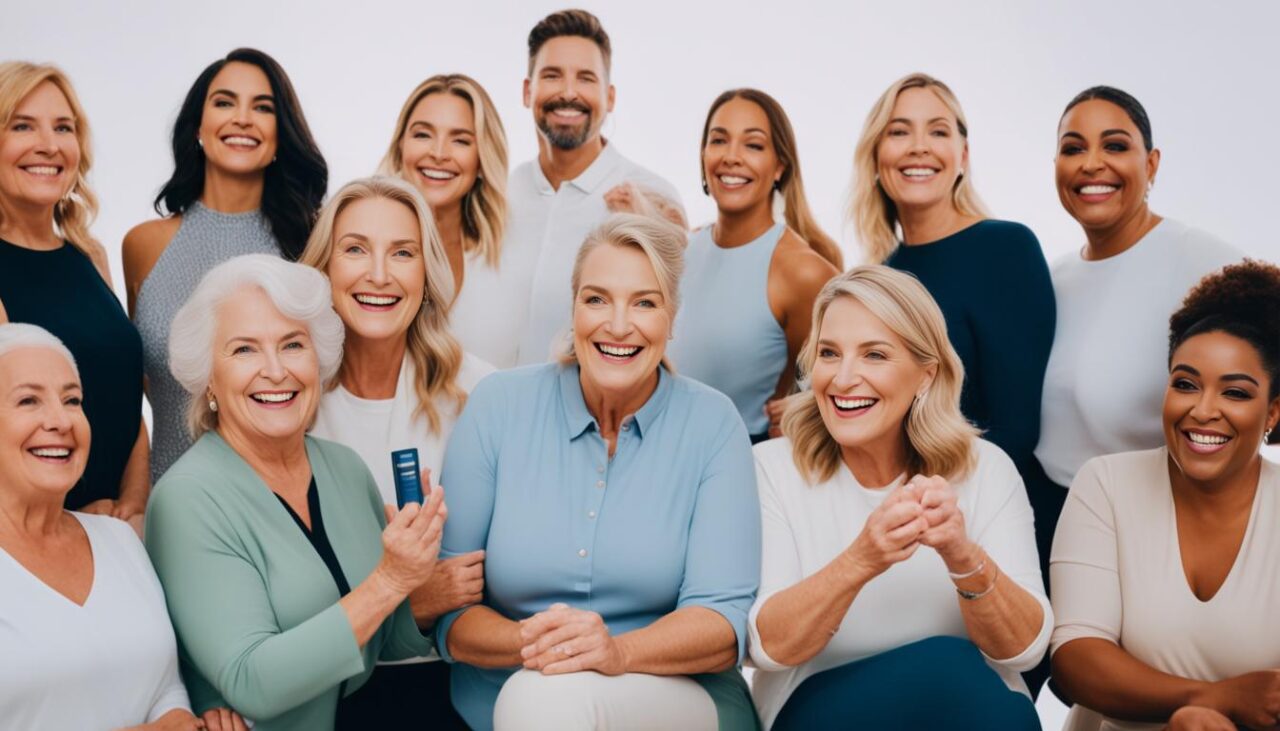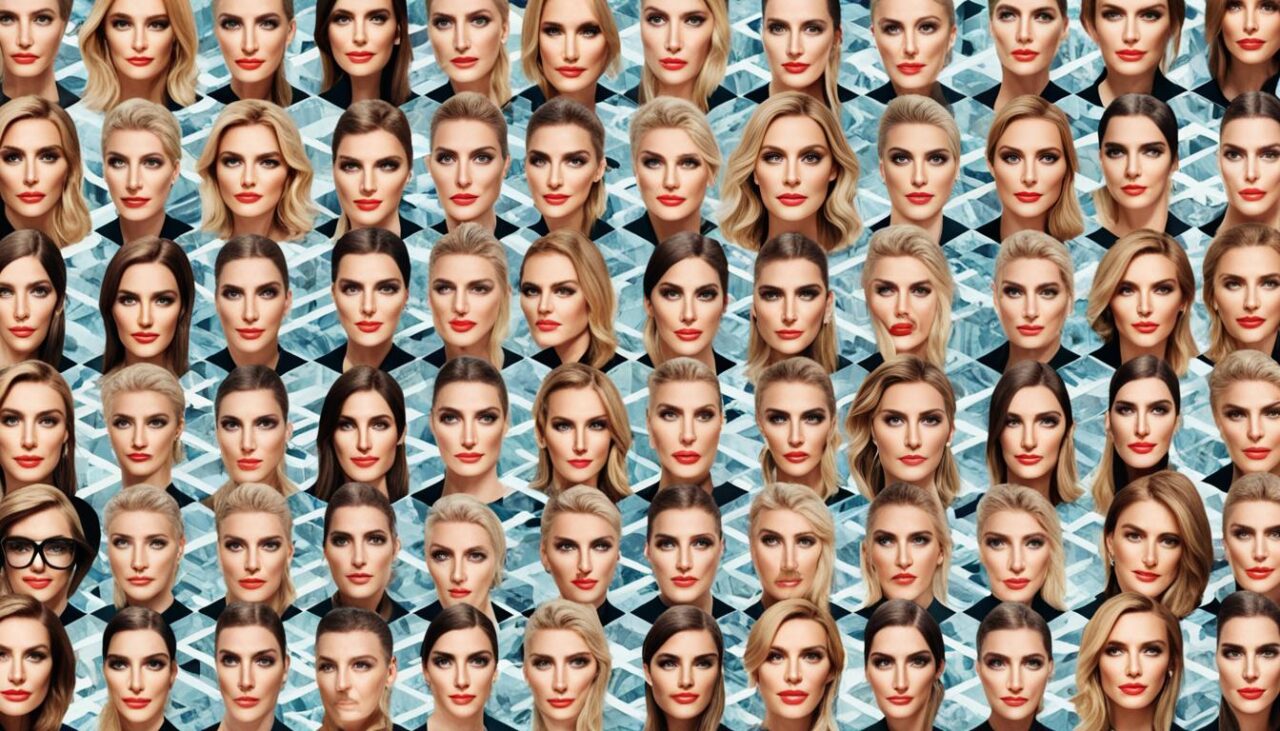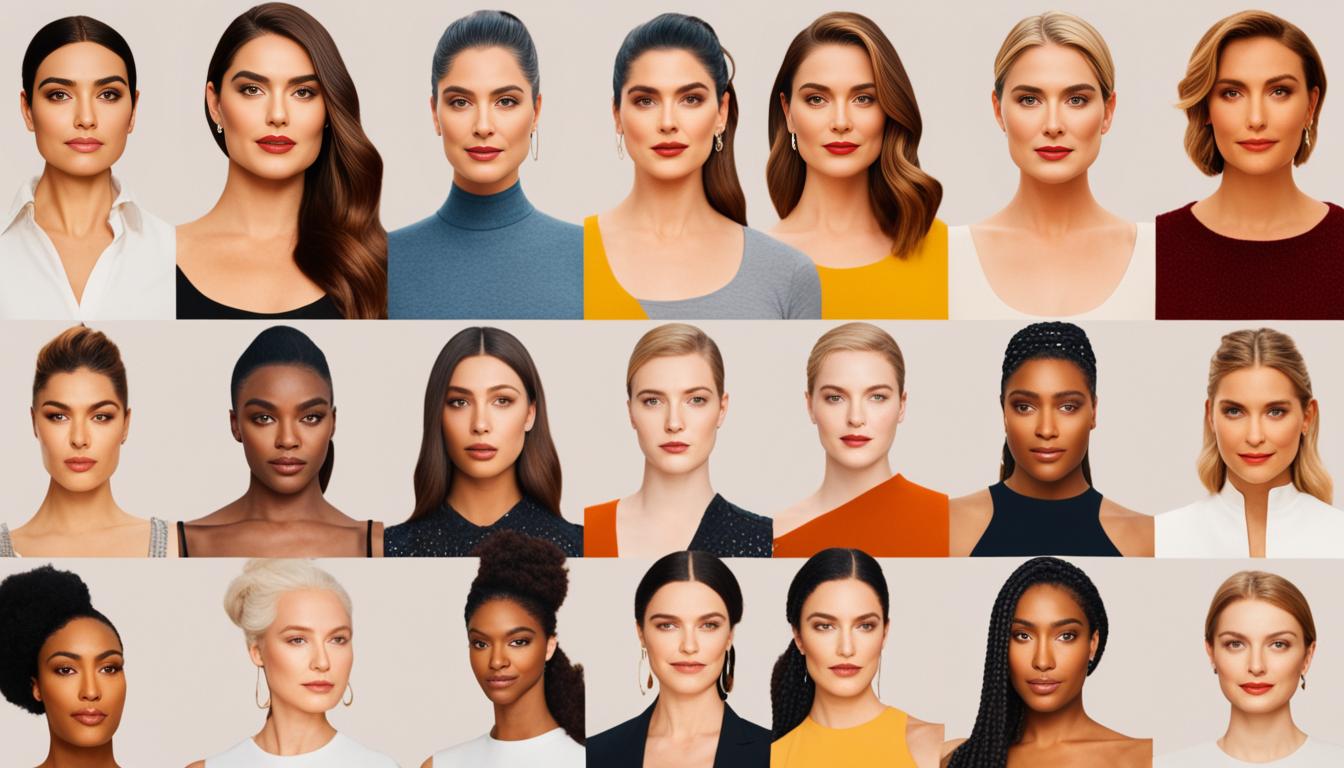The depiction of beauty within the realms of film and television has long echoed the cultural standards and societal expectations that ebb and flow over time. In visual media, where the image is paramount, the film industry and TV shows bear a significant influence upon perceptions of beauty. An exploration into this sphere reveals much about narrative construction, the power of the screen, and the impact these portrayals have on audiences worldwide.
As the gatekeepers to much of what is beamed into homes and theaters, creatives in the visual arts curate the images that define and challenge what beauty means to the consumer. From silent era starlets to modern day heroes and heroines, the industry has wielded its tools to project ideals that shape the norms of beauty. By understanding this dynamic, we become better equipped to appreciate and scrutinize how visual media molds our society's aesthetic values. The current landscape, where variety in representation is progressively being celebrated, invites a new era of narrative authenticity and inclusivity.
Key Takeaways
- The influence of the film industry and TV shows extends beyond entertainment, affecting cultural perceptions of beauty.
- Narrative construction in visual media is a tool that can reinforce or revolutionize beauty standards.
- Audience engagement with visual media narratives prompts critical reflection on societal beauty norms.
- The current trend in media favors a more diverse representation of beauty, reflecting an evolving cultural ethos.
- Understanding the historical context and the present landscape of beauty in media allows for a more informed viewership.
The Evolution of Beauty Ideals in Visual Media
As the curtains rose on the film industry, audiences were introduced to a depiction of glamour and elegance that would set the tone for decades to come. The evolution of beauty ideals within this sphere of visual media has been both reflective of historical trends and influential in forming contemporary societal standards. From the meticulous aesthetics of the Golden Age of Hollywood to the transformative power of high-definition technology, the portrayal of beauty on screen has been a compelling journey of adaptation and reinvention.
The Golden Age of Hollywood and its Standards
The Golden Age of Hollywood is renowned for its distinctive allure and the creation of iconic beauty archetypes. The studio system meticulously crafted the images of silver screen sirens and matinee idols, promoting a beauty ideal that was aspirational and yet, seemingly untouchable. This era's emphasis on polished sophistication and calculated charm contributed significantly to shaping public perceptions of attractiveness.
Counterculture and Body Positivity Movements Impact
As societal attitudes shifted and counterculture gained momentum, there was a noticeable departure from previous norms within the realm of visual media. The rise of the body positivity movement challenged the homogeneity of beauty standards presented in films and TV shows, progressively ushering in an era where diversity in representation became more valued. This period marked an important step towards the inclusion of a broader spectrum of beauty ideals in the film industry.
The Influence of Modern High-Definition Technology
With the advent of high-definition filming technology, the depiction of beauty in visual media underwent another radical change. The increased clarity brought forth a level of realism that exposed every detail on screen, thereby affecting audience perception and challenging creators to approach beauty representation with greater authenticity and attention to diversity.
The transformation of beauty standards in visual media continues to evolve, impacting the film industry and offering fresh narratives that resonate with a more aware and diverse audience. The visual media's heritage, enriched by technological advancements and cultural shifts, provides a fascinating lens through which to view the progression of societal beauty ideals.
Diversity and Inclusion in Beauty Representation
The film industry and TV shows are increasingly becoming the focal point of pivotal shifts in beauty representation. This seismic progression towards diversity and inclusion is not just a passing trend but a revolutionary movement reshaping standards across visual media. Producers, directors, and celebrated figures are joining forces to redefine what beauty means in today's society, mirroring the multifaceted nature of global audiences.

Concrete examples are evident in the casting choices and storytelling narratives that are prominently visible on our screens. Shows like “Insecure” and “Orange Is the New Black” have challenged traditional norms, showcasing a wide array of characters and storylines that celebrate different forms of beauty that were once marginalized. Such narratives are not only enriching the content lexicon but are also exerting a significant celebrity influence on societal standards.
“When I see myself on screen, it's more than representation; it's confirmation that my beauty isn't an anomaly, it's absolute.” – A sentiment echoed by viewers who find solace and strength in the inclusive portrayal of beauty.
Initiatives by production houses like Shondaland and actors such as Viola Davis and Michael B. Jordan signal a commendable shift in the industry. They are champions of change, propelling the narrative forward by insisting on diversity both in front of and behind the camera. It is the impact of such celebrity influence that helps bridge the gap between what was once aspirational and what is authentically relatable.
As leaders in entertainment continue to embrace this transformative approach, the ripple effects are felt wide and far. Ultimately, embracing diversity and inclusion is not just about equitable representation; it's about reshaping the cultural lexicon for future generations, empowering them with a world of TV and film where beauty is limitless and unrestricted.
Celebrity Influence on Perceived Beauty Norms
As trailblazers in establishing beauty norms, celebrities have long wielded significant influence over society's aesthetic standards. Through captivating on-screen portrayals and curated public personas, they shape and sometimes shift public opinion on what is considered attractive or desirable.
Role Models: From Marilyn Monroe to Modern Celebrities
It is impossible to discuss the celebrity influence without nodding to the legendary Marilyn Monroe, whose platinum blonde hair and hourglass figure set a beauty benchmark in the 1950s. Today, diverse beauty icons, from Beyoncé to Priyanka Chopra, continue that legacy, each contributing to the narrative construction of beauty with their unique looks and personal stories.

“Celebrities are the architects of beauty, constantly remodeling the edifice of aesthetics that we live by.”
These celebrated figures affect not only the film and television industries but also influence fashion, lifestyle, and even health and fitness trends, accentuating their role as all-encompassing cultural role models.
Social Media's Amplification of Celebrity Beauty Standards
In the age of social media, celebrity influence has exponentially increased, transcending the boundaries of traditional visual media. With platforms like Instagram and TikTok, the dissemination of celebrity beauty standards occurs in real-time, often blurring the lines between audience and influencer. Be it through a red-carpet look gone viral or a candid daily routine shared via Stories, celebrities have the power to effect immediate and widespread changes in beauty perceptions.
Success on social media often hinges on the beauty narrative constructed and projected by these celebrities
, allowing them to not only reflect current beauty norms but to actively partake in their evolution. As they navigate the intricate web of likes, shares, and follows, their aesthetic influence becomes a dynamic form of social currency in the ever-changing market of visual appeal.
Narrative Construction and its Impact on Body Image
The pervasive nature of the film industry and TV shows creates a landscape ripe for the exploration of how narrative construction influences audience perceptions of body image. As viewers become engrossed in the universes spun by screenwriters and directors, they are often presented with a skewed representation of reality, one that frequently ignores the diversity of human forms. This dissonance between the fictitious and the real has tangible effects on how individuals view themselves and others in the context of beauty.
The Power of Storytelling in Shaping Self-Image
Storytelling has the profound ability to impact our self-image, an effect that the creators within the film and television sectors wield, sometimes unconsciously. Through the consistent propagation of a homogenized beauty standard, narratives can solidify these ideals in the collective consciousness, leading many to aspire to an often unattainable image. **Narrative construction** isn't merely about conveying a story; it is also about defining and reinforcing the parameters of beauty that echo through our society.
Fiction vs. Reality: Blurring the Lines in Audience Perception
The blur between fiction and reality isn't without its pitfalls. While a well-crafted narrative can inspire and entertain, it also has the capacity to distort perceptions of the self, especially when it comes to **body image**. The visual media has the responsibility to recognize this power and strive towards the depiction of a more realistic array of body types. This not only ensures a healthier engagement for the audience but also enables a more inclusive atmosphere within the **film industry** and **TV shows**.
As we become further immersed in the narratives delivered through screens, the onus lies on media creators to consciously foster narrative constructions that celebrate a multiplicity of beauty standards, not just the idealized few.
Conclusion
In our journey through the portrayal of beauty standards within the film industry and TV narratives, we've unveiled the symbiotic relationship these mediums have with audience perceptions. From the dawning of Hollywood's glitz and glamour to the present era where inclusion and diversity are gaining momentum, we see that beauty standards are not static. They evolve – influenced by societal changes, technological advancements, and most notably, the voices of an engaged audience.
The potential of current and future narratives in film and television is vast, with each narrative thread possessing the power to either reinforce existing beauty paradigms or to unravel them and weave new tapestries of human diversity. Engaging beauty standards is more than a trend; it's a conscious movement towards acknowledging and celebrating the myriad of characteristics that make up our global audience. It's a promise for a more inclusive visual representation that resonates with real-life spectrums of beauty.
Audience engagement in this discourse cannot be understated. By demanding stories that reflect a broader definition of beauty, viewers have the power to steer the direction of narrative construction. Every show watched, every film discussed, and each voice raised for more inclusive representation sends a ripple through the industry, indicating a ready market for content that is authentic and empowering. In essence, the audience's perceptions and advocacy become catalysts for persistent change, echoing through the hallways of studios and into the fabric of our shared culture. The article ultimately affirms that the collective power of viewers, creators, and industry leaders alike in shaping a healthier, more encompassing view of beauty is a profound responsibility—one that we must continue to carry forward with intent and action.

